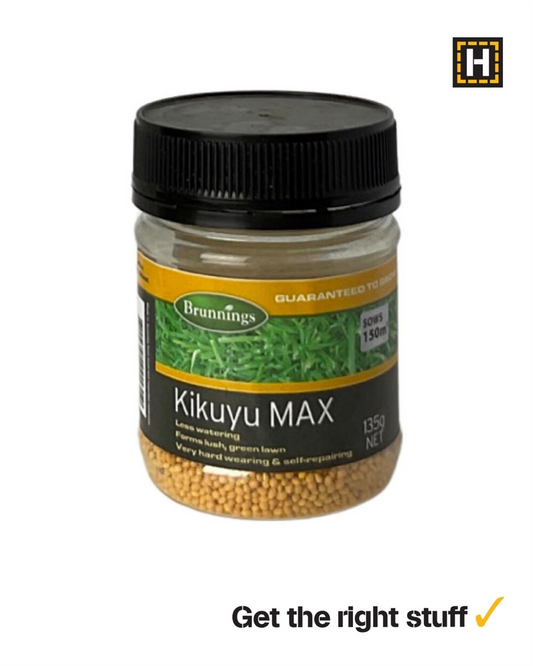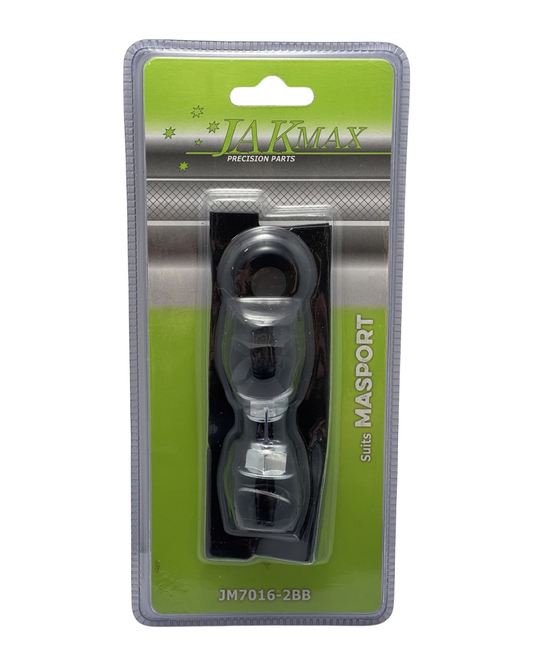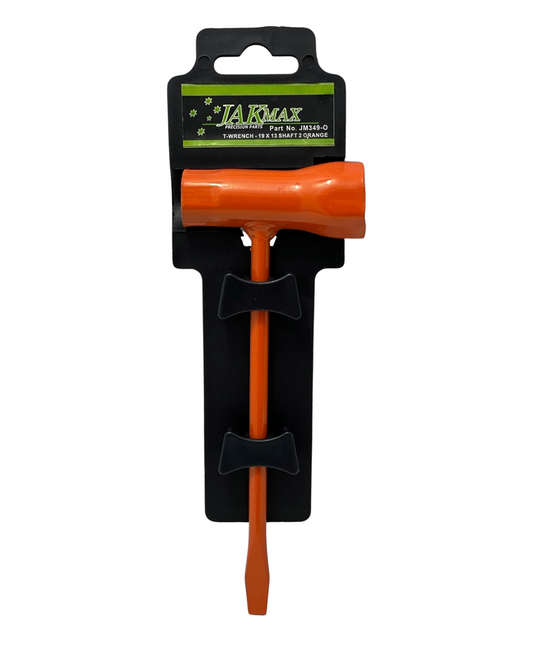Neutrog’s secret weapon for locals: Gardeners, your natives are starving — but not how you think.
Share
Why Feeding Natives the Right Way Makes All the Difference
They’ve survived droughts, floods, and dust storms — yet even native plants need a proper feed.
Native plants are the original locals. They know South Australia’s sun-scorched summers and stubborn soils better than we ever could. But here’s the twist — even the toughest bush-born beauties need the right kind of fuel to truly thrive in your backyard.
Enter native plant food — the quiet gamechanger that can mean the difference between scrappy leftovers and lush, blooming stunners.
"Folks often assume native plants don't need feeding at all. But just like a wallaby still needs water — South Aussie natives still need nutrients. Just not your average ones."
—Candeece, Garden Expert at Strath H Hardware
So what makes native plant food different?
Regular fertiliser is often loaded with phosphorus, which is great for roses, but not for natives. Too much of it can actually damage their roots. Native plant food, like the blends from Neutrog, is low-phosphorus and full of gentle, slow-release nutrients tailored to what Aussie natives love most.
It’s like making lamingtons with plain flour instead of self-raising. It might look okay — but it won't rise to the occasion.
The Before → After You Can See in a Fortnight
We tested native food on a kangaroo paw that had gone on strike — no blooms for months. Two weeks after applying Neutrog Bush Tucker, it shot out flowers like it had something to prove. The leaves stood taller. The stems were stronger. And it’s been strutting ever since.
It’s proof that when you feed natives what they actually need, they don’t just grow — they glow.
Don’t overdo it — here’s how to feed with feel
- Start with healthy soil: A native-focused blend or sandy loam is ideal.
- Use a native-specific fertiliser: Look for slow-release and low-phosphorus.
- Feed lightly: Aim for once in autumn (to support root growth) and again in spring (before flowering).
- Water it in: Especially important in warmer seasons so nutrients go where they should.
Some locals even mix their native feed into a watered-down liquid for a quick pick-me-up if the garden’s looking tired. It’s like a smoothie for your shrubs — easy to absorb and surprisingly energising.
Which plants benefit most?
Grevilleas, banksias, kangaroo paws, wattles, and croweas — just to name a few. Basically anything that looks like it belongs on a bushwalk out near Mount Barker or Deep Creek will thank you for a proper Aussie-style breakfast.
But aren’t natives just supposed to ‘look after themselves’?
Sure, you could let them tough it out alone, but think about what happens when someone finally waters a struggling indoor plant — it perks up, right? Your backyard natives are no different. They’ll push through, but when you give them the right nudge, they burst into life.
It’s not about making them grow — it’s about giving them permission to flourish.
Swapping ‘set and forget’ for ‘easy and thoughtful’ care
Used to be you’d plant some natives and hope nature did the rest. But that’s old thinking. Now we know: a minute spent feeding the right way saves you hours of rescue pruning down the line. It’s about smart effort, not hard effort.
So, what’s the takeaway?
If the plants in your backyard evolved for Australia, they deserve care that did too. Native plant food isn’t just a good idea; it’s the lazy gardener’s best-kept secret. No guesswork. No overfeeding. Just slow-release goodness that quietly inspires your garden to do what it does best — shine in its own time.
Grow with what belongs. Feed with what works.
See you in the garden,
Candeece
 Stay Connected
Stay Connected
Join our gardening community on Facebook: Urban Gardener's Notebook
And follow our Store Facebook Page: Strathalbyn H Hardware on Facebook









